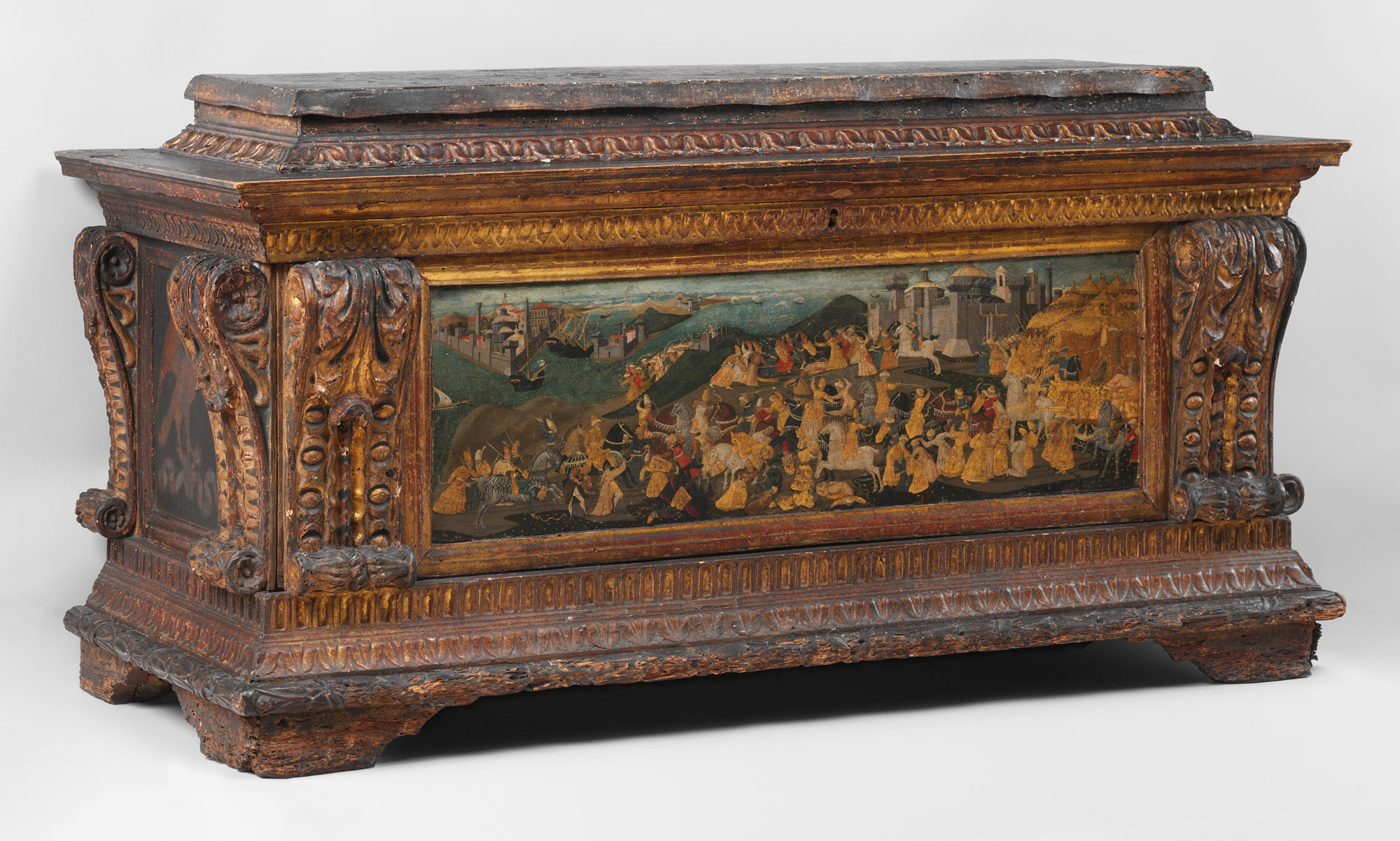Art and Museums
 Filling in the Blanks: A Prehistory of the Adult Coloring Craze
Filling in the Blanks: A Prehistory of the Adult Coloring Craze
The practice goes back to the earliest days of print in the fifteenth century. Artists, printers, booksellers, consumers, and readers all applied color to originally black-and-white images. Before Gutenberg’s innovation of the moveable-type press, both woodblock and engraved prints, single sheets with printed images, were popular in Germany and parts of Central Europe. They were used in various ways, and many people did what we might do with them — hung them on the walls of their home. more »
 Because of Her Story: National Air and Space Museum Hosts “We Can Do It! Women in Aviation and Space"; Women Film Directors and “Empresses of China’s Forbidden City”
Because of Her Story: National Air and Space Museum Hosts “We Can Do It! Women in Aviation and Space"; Women Film Directors and “Empresses of China’s Forbidden City”
The Smithsonian American Women’s History Initiative, “Because of Her Story,” strives to be the nation’s most comprehensive undertaking to document, research, collect, display and share the compelling story of women in America. Launched in 2018, the initiative will greatly increase the Smithsonian’s research and programming related to women in the US, past and present. With a digital-first mission and focus, the initiative uses technology to amplify a diversity of women’s voices — not in one gallery or museum, but throughout the Smithsonian’s many museums, research centers, cultural heritage affiliates and wherever people are online — reaching millions of people in Washington, DC, across the nation and around the world. More information about the initiative is available at womenshistory.si.edu. The public can join the conversation on social media at #BecauseOfHerStory. more »
 Spirits by Deborah Masters at the Museum of Arts and Sciences in Macon
Spirits by Deborah Masters at the Museum of Arts and Sciences in Macon
Deborah Masters’ Spirits, whose heads measure up to five feet in height, are clothed in white, robe-like garments, and wear talismans signifying their identities. Suspended from the ceiling by chains, they stare out at us impassively, silently dwelling in their own consciousness. The Little Spirits, both human and animal, have a quirky individuality and engaging liveliness. more »
 Life, Love & Marriage Chests in Renaissance Italy at the Frist* Museum
Life, Love & Marriage Chests in Renaissance Italy at the Frist* Museum
During the Renaissance, a period spanning from the fourteenth to the sixteenth centuries, elaborately decorated wooden wedding chests known as cassoni were an integral part of Italian marriage rituals. Commissioned in pairs and shaped like ancient sarcophagi, they were paraded from the bride’s house to her husband’s after the wedding. Throughout the marriage, the chests continued to be used as storage and seating and were among the most prestigious furnishings in the home. more »






